This classic text is much beloved by medical students and physicians-in-training throughout the English-speaking world, as its many editions indicate. It is chock full of the pearls of clinical wisdom that students and practitioners treasure, and many of these lessons apply to medicine in general. The book was well characterized by a reviewer of an earlier edition for The New England Journal of Medicine: ‘If only one book about surgery could be made available to physicians from all specialties, it should probably be Silen’s recent revision of Cope’s Early Diagnosis of the Acute Abdomen. Since the book first appeared, it has remained the classic treatise on the initial approach to abdominal pain.’ Because acute, severe abdominal pain is still a common problem whose misdiagnosis can result in quick death, each generation of beginning physicians is faced with the urgency of learning to make a diagnosis in this high-anxiety situation, and they appreciate the wise, humane, precisely detailed guidance offered by Cope and Silen. For the 22nd Edition, Dr. Silen has again updated the text in a respectful but significant way. He has added a chapter on the increasing disorder of diverticulitis, reexamines the use of analgesics, emphasizes the costs of over-testing, and updates all recommendations regarding trauma, radiologic studies, and therapeutic recommendations.
| Categories: | All, distributed, Gastroenterology & Hepatology |
|---|
| Weight | 386 kg |
|---|---|
| Dimensions | 20.57 × 13.72 × 2.03 cm |
Related products
-
Current Progress In Nephrology Volume 3
₹1,995.00In the third volume of Current Progress in Nephrology, recent advances in different areas of kidney disease have been authored by eminent clinicians. The first few chapters discuss the genetics of renal development, regenerative medicine in relation to kidney, molecular diagnostics. Newer diagnostic modalities like functional magnetic resonance imaging, point of care ultrasonography and electron microscopy of organised deposits in kidney diseases are discussed in the subsequent 3 chapters. Diagnosing and managing difficult conditions of chronic kidney disease like, hepatorenal syndrome, pregnancy related renal problems, and scleroderma crisis are discussed in appropriate chapters. Anaemia, usually associated with CKD, is a significant cause of left ventricular hypertrophy and cardiovascular disease. The guidelines for correcting anaemia with iron supplementation and erythropoietin stimulating agents are provided in an appropriate chapter. Autosomal dominant rubulointerstitial kidney disease, a frequent cause of progressive CKD often remains an underdiagnosed condition and has been highlighted in one nice review. Understanding another a rare condition, thrombotic miocroangiopathy is important since it may lead to endstage renal disease or death, if not identified and appropriately treated in time.
-
Current Progress in Nephrology Volume 2
₹1,500.00The aim of the 2nd volume of this book is to address the basic concepts and newer developments in selected areas of clinical nephrology, dialysis and renal transplantation. Selected topics on interest with reference to recent developments, updated classifications or advances in pathogenesis and treatment. Nephrologists from around the world have contributed to this one of its kind book.
-
Puzzling Cases in Stroke Vol. 2
₹1,695.00Stroke is a treatable medical emergency affecting about 15 million people every year worldwide. It is the most common cause of common cause of disability globally and is the third most common cause of death. In the present times, there are effective treatment options which if given timely will benefit the patients of stroke remarkably. Therefore, correct diagnosis of acute stroke is extremely important for the clinicians to provide appropriate treatments and to ensure prevention of acute complications, including recurrent strokes. But sometimes a typical or uncommon presentation of stroke or “stroke chameleons”can lead to diagnostic dilemma. Therefore, timely diagnosis and management may be delayed. There are time – tested strategies which when strictly followed by the Neurphysician can reduce the chances of missing the correct diagnosis. Firstly, “Listen very carefully to the patient. He is telling you the diagnosis.” Clinicians should suspect stroke when the history suggests abrupt onset of neurological symptoms. Remember, Stroke is a clinical diagnosis and imaging is providing the corroboratory evidence. Secondly, a complete and systematic neurological examination should be routinely done in patients presenting with acute neurological symptoms because this might shed light on the true nature of the problem. Finally, even the most sophisticated neuroimaging tests might miss the stroke in the early hours after the event.
-
EEG Simplified
₹1,255.00EEG Simplified is an interesting and informative book, it has been written in simple english and discusses various aspects of electrophysiology with clarity. Beginning with basic recording concepts of EEG and the descriptions of normal EEG, the authors take us through artifacts, a very important chapter and then discuss electroencephalographic abnormalities seen in variety of neurological disorders. This kind of book on clinical neurophysiology is extremely useful for day to day clinical practice.
-
Puzzling Cases in Pediatric Dermatology Volume 1
₹995.00The book covers 30 Unique Cases in Pediatric Dermatology written by some of the Leading Experts. The book would be highly useful to all Dermatologists, Pediatricians, Consulting Physicians, Post Graduate Students and those interested in treating Children with Dermatological Conditions
-
Puzzling Cases in Pancreatic Diseases
₹675.00Pancreatology, as a discipline, has not been in focus for long has become a vanishing specialty for a variety of reasons. As a consequence, pancreatologists face several issues despite the ongoing their e orts in managing their practice and maintaining their identity in the fraternity. e changes in medical practice in many parts of the world have led to a shift of responsibilities, away from the surgeon and towards the gastroenterologist. e latter may not be equipped with su cient resources to acquire the knowledge. While the mainstream issues in pancreatology are taught at various levels and conferences, as well as guidelines, the remaining is mostly left to the experts, not to say connoisseurs. A selection of such experts from around the globe have contributed to this book with very special cases and exemplifying problems in the form of case reports for better application and understanding of the same in clinical practice. Medical journals in the hunt for their respective impact factors have stopped publishing case reports as these cannot be cited, therefore other channels become imperative to impart this knowledge to the medical community. Puzzling Cases in Pancreatic Diseases is a logical initiative in this direction. A good deal can be learned from these case reports that are professionally presented and discussed.
-
John Studd’s Current Progress in Obstetrics and Gynaecology Volume 7
₹1,225.00In Contemporary Obstetrics and Gynaecology, what new trends have evolved, what new advancements have been made, what new technologies have been developed, what new challenges do we face? Current Progress in Obstetrics and Gynaecology will continually answer those questions for you. Volume 7 comprises several topics at the cutting edge of contemporary Obstetrics and Gynecology. First, this volume starts with applications of artificial intelligence (AI) in reproduction medicine and how AI may lead to paradigm shift in this field. Another paradigm – changing topic involves population genetic screening for individualized preventative medicine. This volume addresses a spectrum of gynecologic topics, from dyslipidemia in pregnancy, obesity and reproduction, modern concepts of managing climacteric and menopause, treatment options for overactive bladder and the use of mesh treatment for urogynaecology. There are also chapters dealing with prevention and management of gynaecologic cancers such as those of the cervix and the endometrium. This volume updates new advancement and pratice in obstetric and gynaecological techniques, such as cervical cerlage in modern obsteric practice, routine third trimester scan for the detection of foetal anomalies and now to reduce complications in laparoscopic surgery. Last but not least, this volume addresses third gender gynaecology, the obstetric and gynaecologic care for transgender patients and the increasing use of cosmatic gynaecology in recent years. The editors are grateful to all the authors who have given their expertise and enabled this volume to improve the care of obstetric and gynaecologic patients throughout the world.

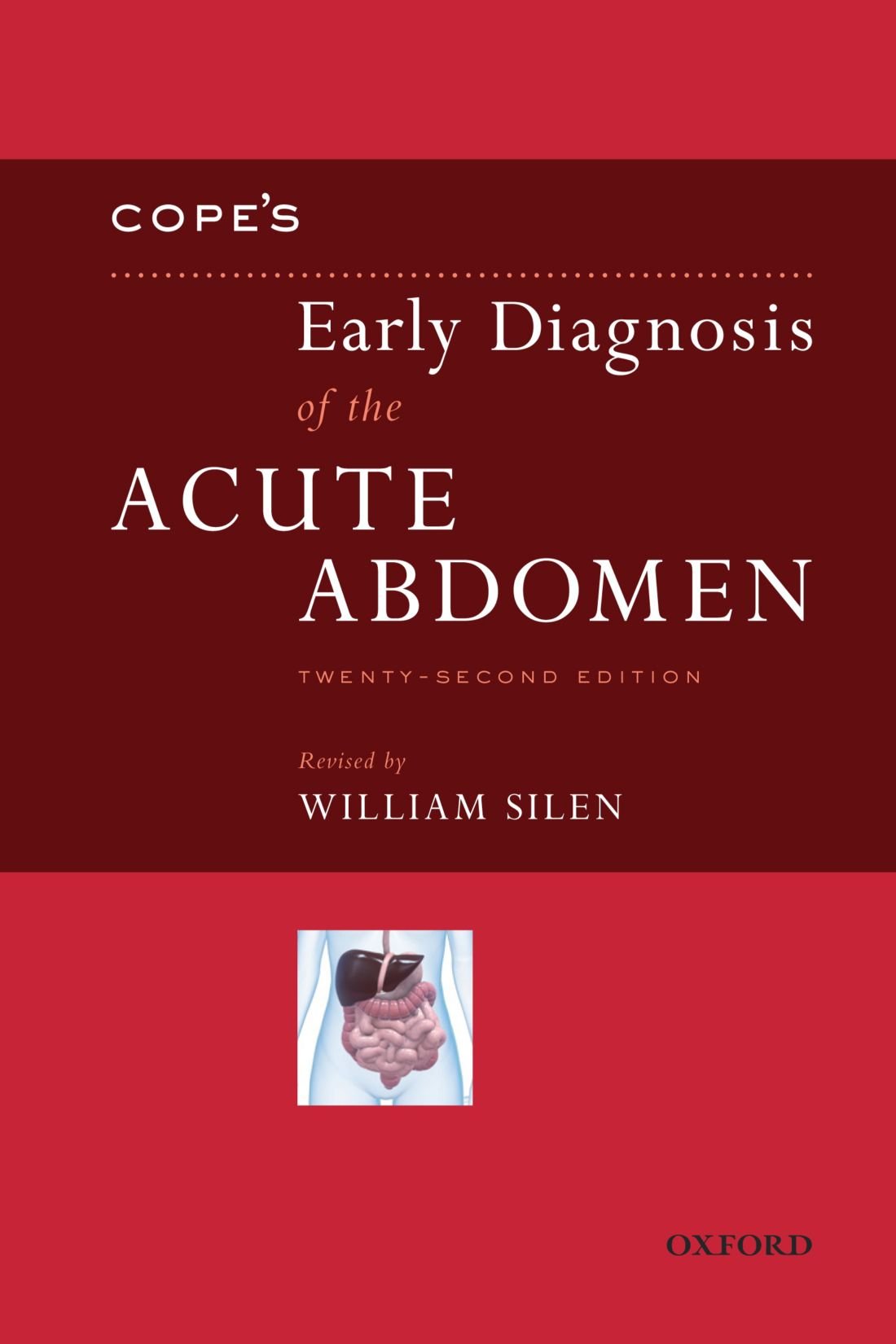

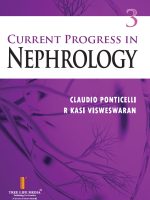
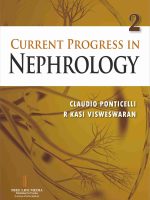
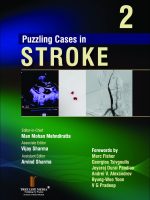


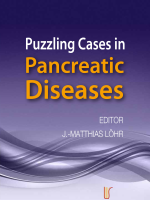

Be the first to review “Cope’s Early Diagnosis of the Acute Abdomen”